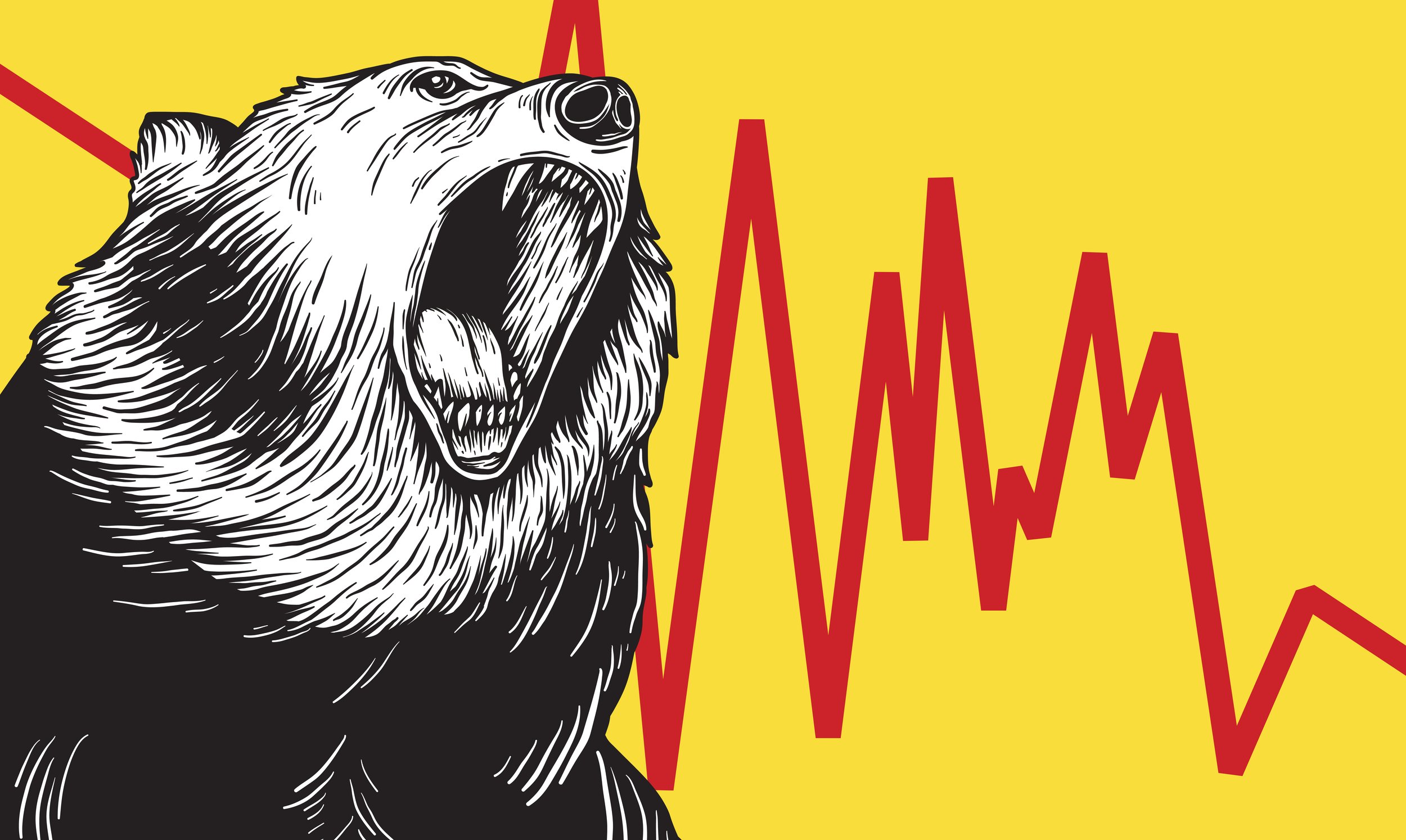Bulls, Bears and Stags: It’s a Zoo Out There
What is a bear market and is it possible to guard yourself against one?
Written by Victoria Kent, Senior Investment Specialist
This information does not take into account your personal objectives, financial situation or needs. You should consider if the relevant investment is appropriate having regard to your own objectives, financial situation and needs.
Markets move cyclically, rising and falling, Is this a source of danger or of opportunity? And what investors to do about it? - Howard Marks, The Most Important Thing.
The share markets have had a bit of a rough run lately. The S&P 500 posted the worst first half in over 52 years. Here in Australia the recent end of the financial year saw the ASX down 10% for FY 21/22 - quite the reversal of the extended bull run we've experienced for the past 10 years.
Current evidence suggests it is going to be a while before things get better.
We've all heard the reasons why: COVID-19’s damage to supply chains has continued into 2022 with China’s aggressive policy towards the disease dampening export numbers around the world.
The war in Ukraine has also added to pressures on the supply side, compounding energy costs and causing scarcity in wheat markets: a vital food source for many developing nations.
With things as they stand, the risk of a global recession or stagflation is very much in the minds of investors.
According to the Word Bank's latest Global Economic Prospect, if inflation remains elevated, a repeat of the resolution of the earlier stagflation episode (seen in the 1970s) could translate into a sharp global downturn along with financial crises in some emerging market and developing economies. Spooky.
But is now the time to buy gold bars and stash them under the mattress? Should we look at our superannuation balances and despair? Would we have better financial luck at a casino?
I'm going to say 'no' to all of the above (but I will insert the disclaimer that I make no predictions about the price of gold, but do suspect hiding bullion under a mattress would be an unsafe and uncomfortable storage solutions).
It helps during times like these to step away from the 'noise' and get some historical perspective. Markets are cyclical, in that they rise as well as fall. (Indeed, such movements create buying and selling opportunities.)
Some investors use the terms bull markets to describe markets on the up, and 'bear' to describe the markets downward swings. Let's unpack these terms briefly.
A bull market gets its name from when a bull thrust it's horns upwards. It is a financial market with rising asset prices fuelled by investors optimism, confidence and expectations.
In contrast, a bear market is characterised by pessimistic investor sentiment and typically describes a condition in which securities prices fall 20% or more.
While the causes of each market vary, global forecast market conditions, corporate earnings, geo-politics and things like pandemics are all contributing factors.
More recent investors would be forgiven for thinking equities as an asset class are guaranteed to go up and up.
But the extended market bull run we've had in the last few years has been an anomaly. On overage over the past 100 years, there's been a bear market every three years or so.
So, if both bull and bear markets are inevitable, is it possible to design an investment strategy that will work in both secular bull and bear markets? Can you have your cake and eat it too?
Oaktree Capital legendary investor Howard Marks thinks not:
"The problem is that you can't simultaneously go all out for both profit making and loss avoidance. Each investor has to take a position regarding these two goals, and usually that requires striking a reasonable balance."
The reasonable balance
A way to possibly mitigate the effects of downturn is diversification.. This diversification can come in your choice of sectors (international versus Aussie, developed markets vs emerging, resources vs tech) as well as in asset classes (fixed income, property, equities, alternatives).
If you chose to diversify through index funds, you may be less diversified than you think. Because index funds are weighted by market cap, this means that if you hold S&P/ASX 200 ETF like this one, for example, you may be more exposed to the mining sector, whereas the S&P 500 might leave you more to tech stocks.
In fact, right now in the Vanguard S&P 500 ETF, the top 10 companies make up over 30% of the fund.
For superannuation funds, different investment strategies carry different levels of risk depending on the assets that make up the strategy.
Generally, assets with the highest long-term returns may also carry the highest level of short-term risk.
The usual lack of correlation between equities (higher risk or growth assets) and bonds (lower risk or defensive assets) gives downside protection when equity markets fall.
The mix of growth and defensive assets that you have selected will impact your returns, so being conscious of your portfolio balance and risk is essential.
In addition, having a cash buffer is another way to give you downside protection when equity markets are falling.
While there will be little to no 'upside' there is also a little downside (depending on the currency of course!).
Market volatility is inevitable but, over the long term, markets tend to bounce back. Try to ignore the noise and think of the big picture.
Make sure you have a long-term horizon, have confidence in your investments and stick to your plan.


